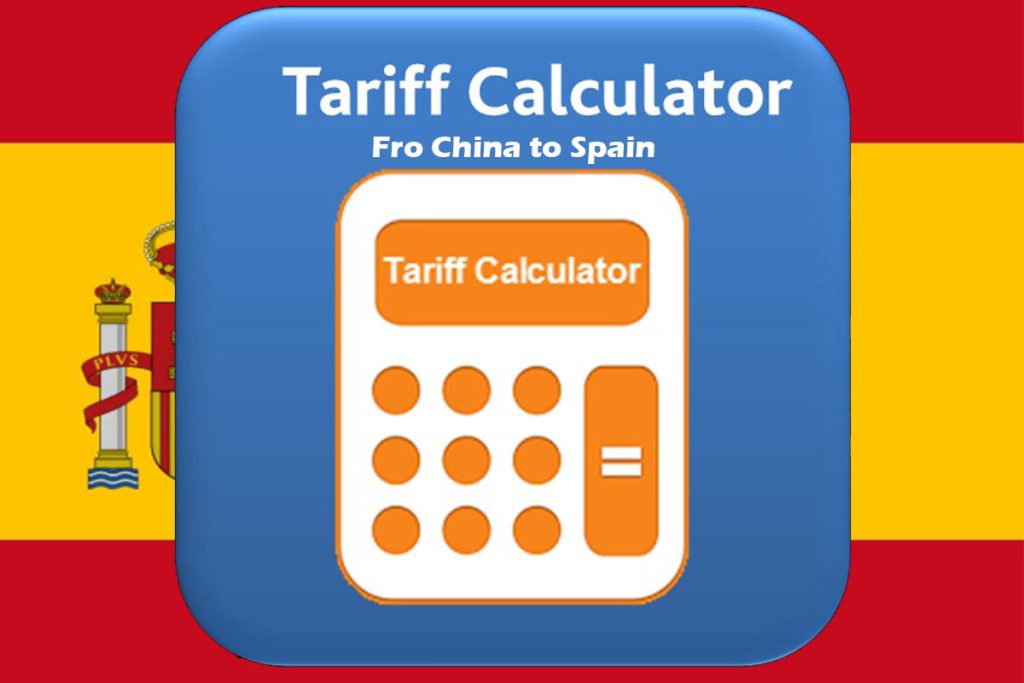| Industry | Import Duty Rate (%) |
|---|---|
| Textiles | 12 |
| Electronics | 0 |
| Automobiles | 10 |
| Machinery | 4 |
| Plastics | 6 |
| Chemicals | 5 |
| Furniture | 8 |
| Toys | 4 |
| Footwear | 17 |
| Jewelry | 5 |
| Watches | 4 |
| Cosmetics | 6 |
| Sporting Goods | 8 |
| Home Appliances | 0 |
| Steel Products | 3 |
| Glassware | 5 |
| Medical Devices | 1 |
| Books | 0 |
| Paper Products | 6 |
| Stationery | 2 |
| Construction Materials | 5 |
When engaging in international trade, understanding import duties is essential for businesses and individuals looking to import goods. This is particularly true for goods imported from China to Spain, a common trade route due to China’s role as a major manufacturing hub. This article will explore the import duties applicable to various goods, focusing on electronics, textiles, and other categories, and provide guidance on how to calculate these duties effectively.

Import duty, often referred to as customs duty, is a tax imposed by the government on goods imported from other countries. The primary purpose of this tax is to protect domestic industries and generate revenue for the government. In Spain, import duties are governed by the European Union’s Common Customs Tariff, which establishes standardized rates for goods imported into EU member states.
The import duty rates for goods imported from China can vary significantly based on the type of product. Here are some general categories and their typical duty rates:
It’s important to consult the TARIC (Tarif Intégré de la Communauté) code, which provides detailed information on duty rates and classifications for all goods.
Calculating import duty involves a few straightforward steps. Follow these guidelines to determine the total import duty you may owe when importing goods from China to Spain:
The customs value is the total value of the goods being imported, which typically includes:
Check the TARIC code for the specific product you are importing to find the applicable import duty rate. If the product falls under multiple classifications, use the one with the lowest duty rate to minimize costs.
Use the following formula to calculate the import duty:
Duty Amount=Customs Value×Duty Rate\text{Duty Amount} = \text{Customs Value} \times \text{Duty Rate}Duty Amount=Customs Value×Duty Rate
For example, if the customs value of electronics is €10,000 and the duty rate is 0%, the duty amount would be:
Duty Amount=10,000×0%=€0\text{Duty Amount} = 10,000 \times 0\% = €0Duty Amount=10,000×0%=€0
Next, calculate the VAT based on the total value after the duty is added:
VAT Amount=(Customs Value+Duty Amount)×VAT Rate\text{VAT Amount} = (\text{Customs Value} + \text{Duty Amount}) \times \text{VAT Rate}VAT Amount=(Customs Value+Duty Amount)×VAT Rate
Using the same example, if the VAT rate is 21%:
VAT Amount=(10,000+0)×21%=€2,100\text{VAT Amount} = (10,000 + 0) \times 21\% = €2,100VAT Amount=(10,000+0)×21%=€2,100
Finally, the total import duty you need to pay is the sum of the duty amount and the VAT:
Total Import Duty=Duty Amount+VAT Amount\text{Total Import Duty} = \text{Duty Amount} + \text{VAT Amount}Total Import Duty=Duty Amount+VAT Amount
In our example, the total import duty would be €2,100.